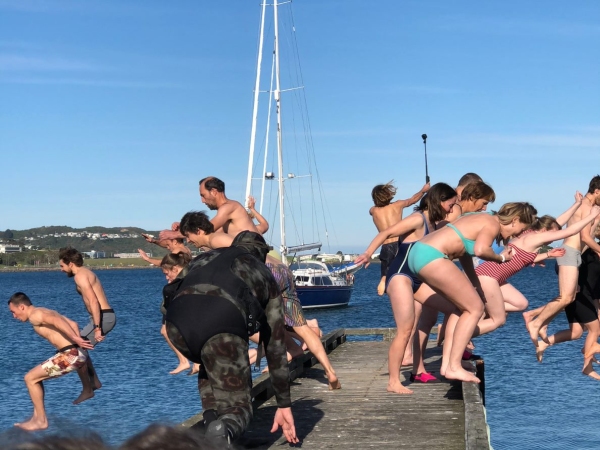We’re here already—the shortest day is tomorrow (Saturday) and after this, it gets progressively lighter out to the longest day of the year in December.
The winter solstice of 2019 comes and goes at 3.54 am on Saturday. From there, New Zealand (very slowly at first) begins receiving more solar radiation as the sun’s angle in the sky increases until December when we enjoy our longest day.
Here’s a look at the length of daylight on the solstice (hours.minutes.seconds) from south to north in some of our main centres:
- Invercargill 8.35.01
- Dunedin 8.39.12
- Christchurch 8.56.23
- Wellington 9.11.24
- Nelson 9.11.30
- Hamilton 9.32.37
- Tauranga 9.33.12
- Auckland 9.37.55
- Kerikeri 9.46.43
Video showing amount of daylight across New Zealand:
NIWA forecaster Ben Noll says in the Far North, the winter solstice has about 4 hours and 45 minutes less daylight than the summer solstice, but in Southland the difference is more than 7 hours.
“For our friends in Antarctica, there will be no daylight—in fact the sun won't rise above the horizon until the September equinox,” he says.
To celebrate the solstice, in what is an annual event, some twenty NIWA Wellington staff went for a dip in Evans Bay yesterday.
“With a water temperature of 13 degrees, the bay is running about a degree warmer than when they plunged last year. Warmer seas have been a theme through much of 2019 and the long-term trend is up,” Mr Noll says.
“The solstice is set to usher in some pretty sweet weather. Mostly dry conditions are expected tomorrow (Saturday) with sun and cloud for most of the country apart from the West Coast and Southland.
“Moreover, the remainder of June and start to July could bring a good deal of sunshine with mild afternoons and seasonably chilly mornings – pretty good for the time of year.”

